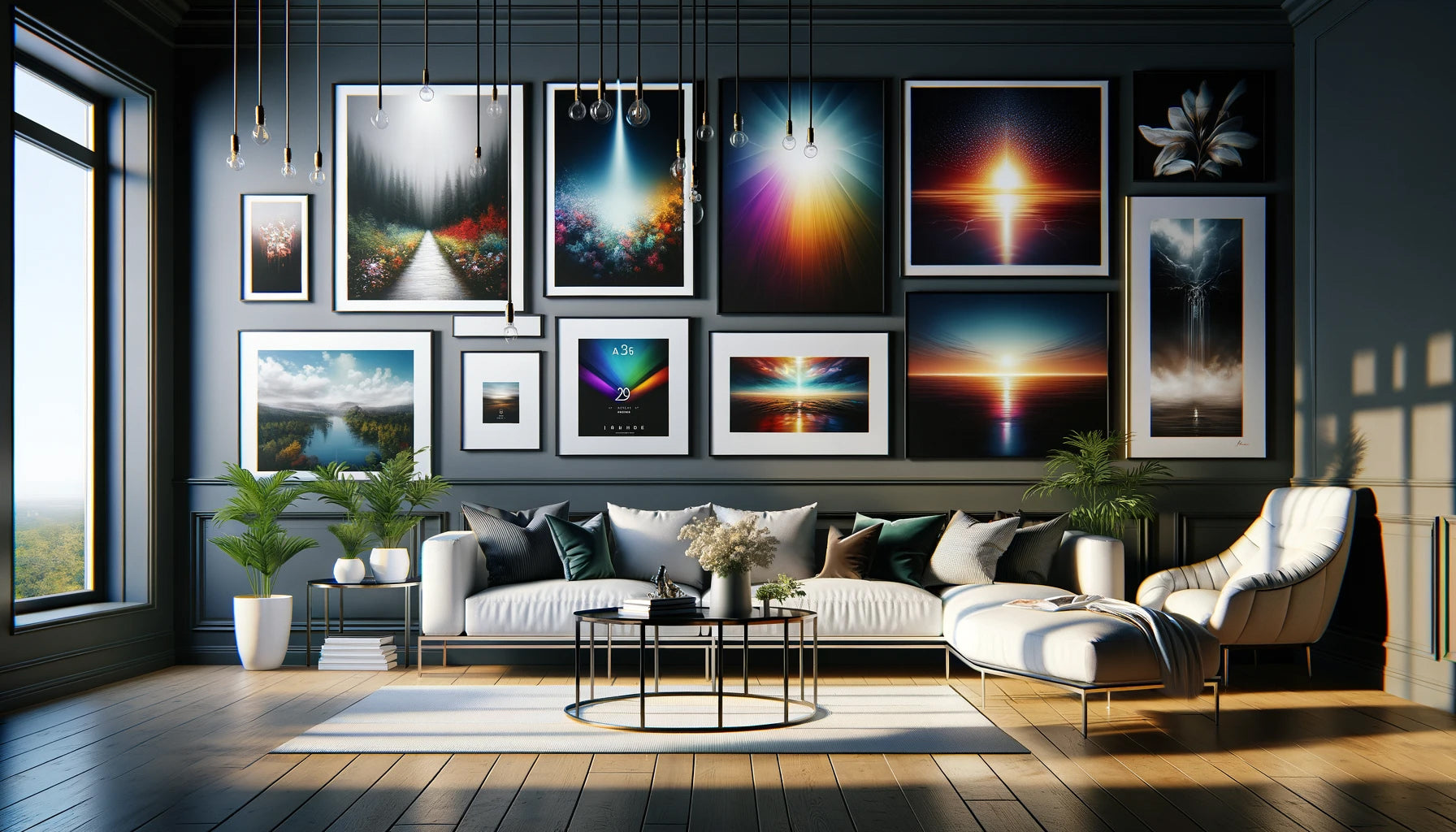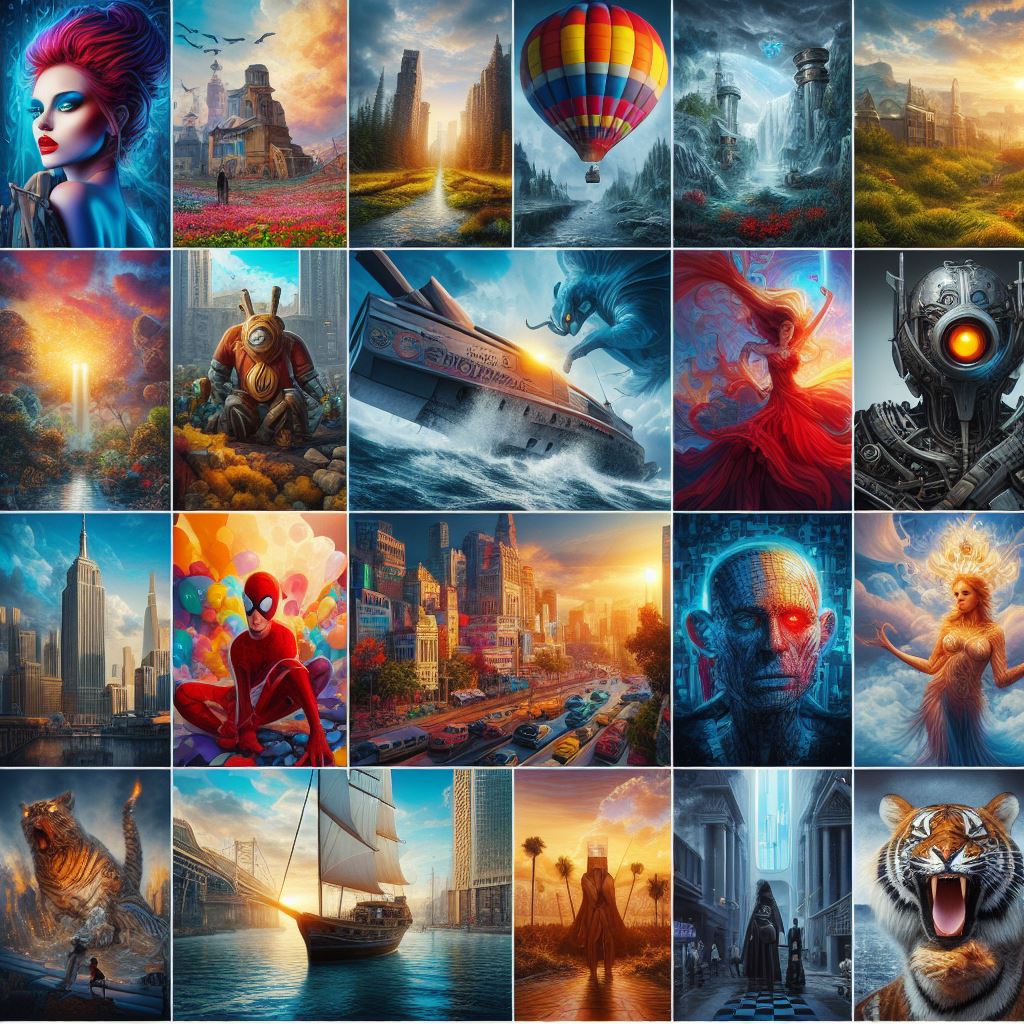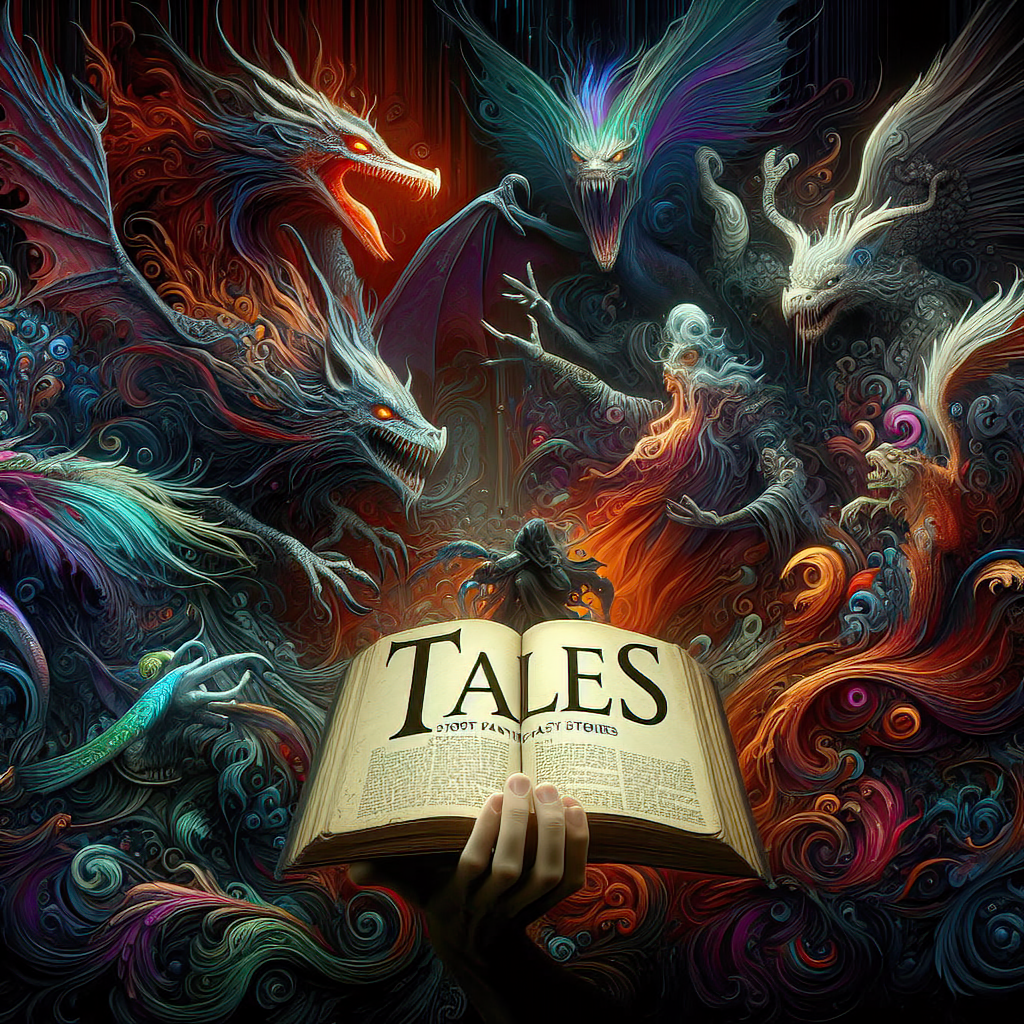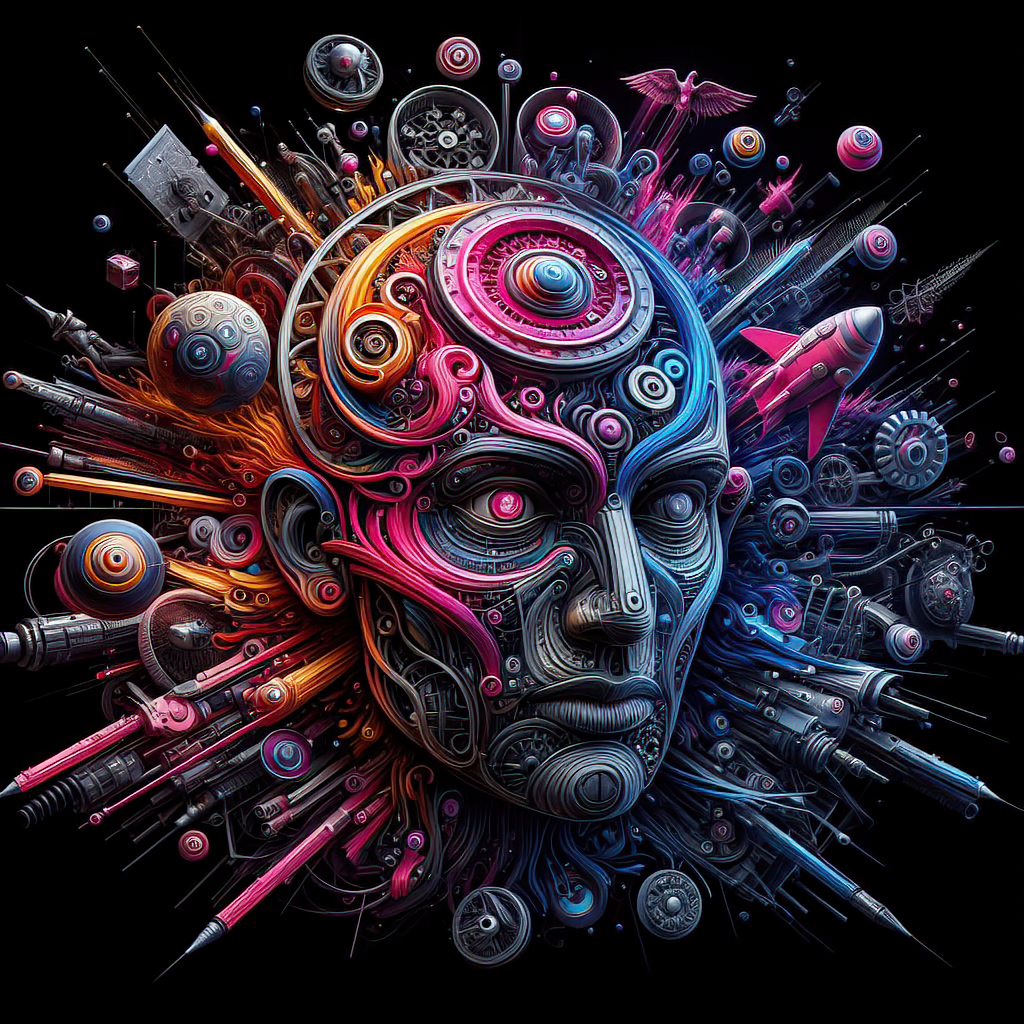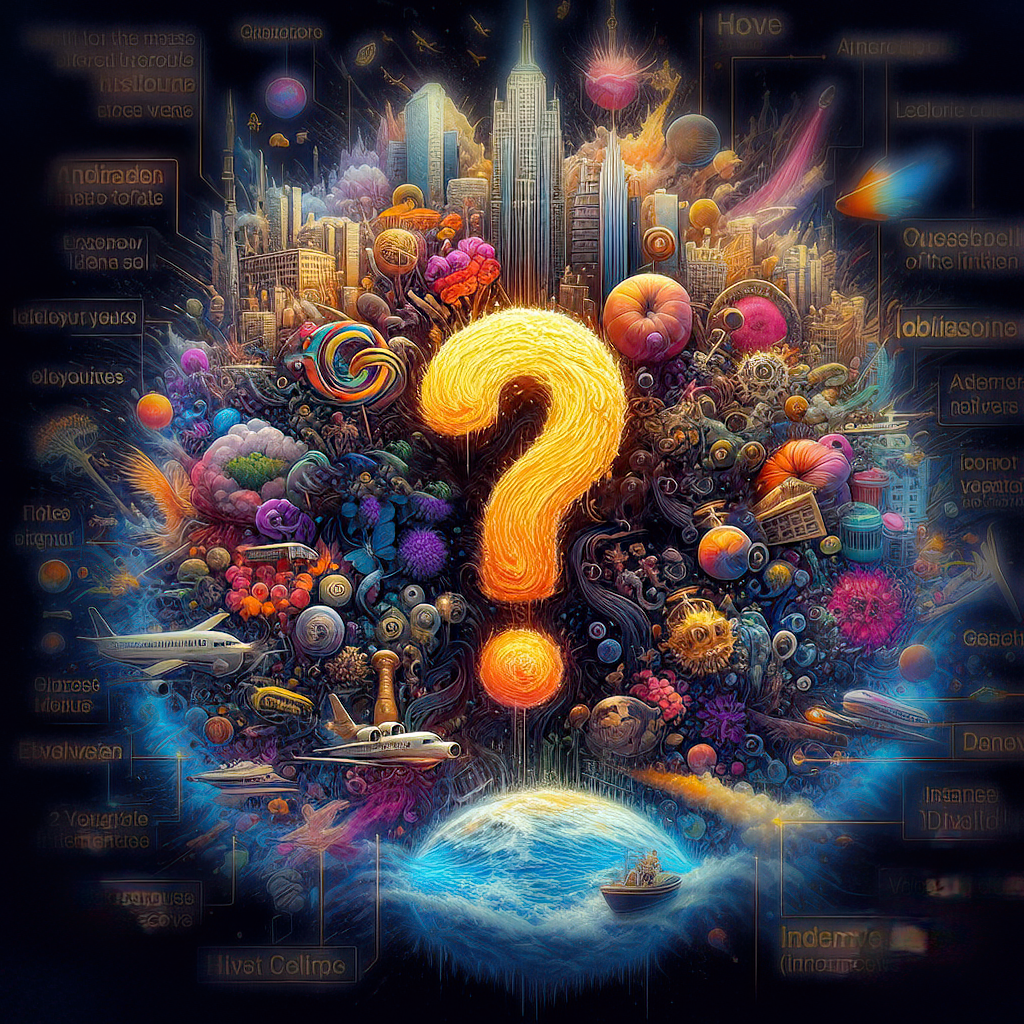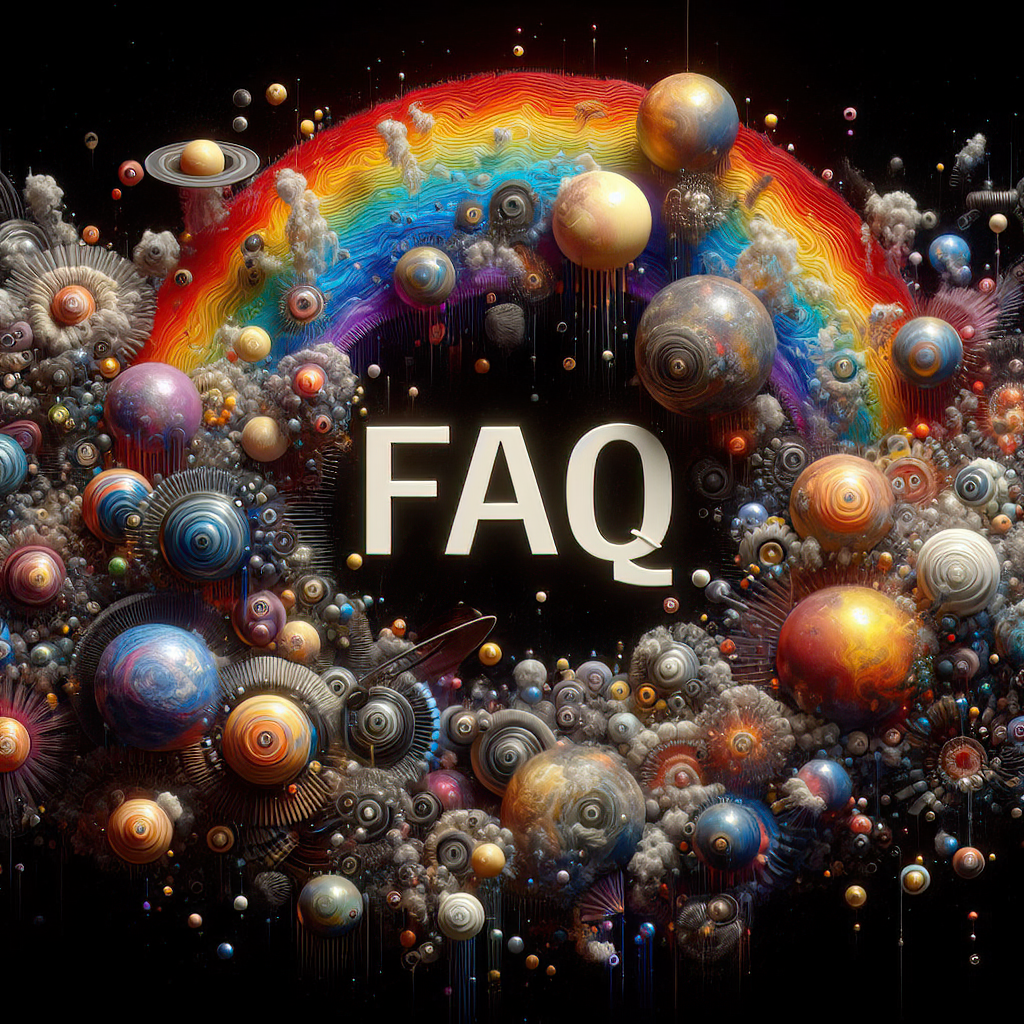
par Bill Tiepelman
L'intersection de l'écriture et de la cinématographie
L'intersection de l'écriture et de la cinématographie : cadrer vos scènes comme un réalisateur En tant qu'écrivains, on nous dit souvent de « montrer, pas de raconter ». Mais qu'est-ce que cela signifie réellement ? Il s'agit de créer des scènes vivantes et immersives qui se déroulent dans l'esprit du lecteur comme dans un film. Et qui le fait mieux que les réalisateurs ? Emprunter des techniques de cinématographie peut rehausser votre écriture, vous aider à créer des scènes plus dynamiques, visuellement attrayantes et émotionnellement résonnantes. Dans ce blog, nous verrons comment penser comme un réalisateur peut transformer votre narration. Du cadrage à l'éclairage en passant par le rythme et les transitions, vous découvrirez comment aborder vos scènes avec une optique cinématographique. Pourquoi les écrivains devraient penser comme les réalisateurs Les réalisateurs utilisent un mélange d'outils visuels et émotionnels pour guider leur public à travers une histoire. En tant qu'écrivain, vous pouvez adopter des techniques similaires pour améliorer votre narration. Voici pourquoi il vaut la peine de penser comme un réalisateur : Visualisation améliorée : cadrer vos scènes comme un film vous aide à vous concentrer sur ce que le public (ou le lecteur) voit, entend et ressent. Drame accru : les techniques cinématographiques comme l’éclairage et la perspective peuvent amplifier l’impact émotionnel des moments clés. Atmosphères mémorables : penser de manière cinématographique vous aide à créer des décors et des ambiances vivants qui persistent chez les lecteurs longtemps après avoir fermé le livre. Prêt à réaliser vos scènes ? Décomposons les techniques de base. 1. Cadrage : la « caméra » de l'écrivain Dans le cinéma, le cadrage détermine ce que le public voit dans un plan. En tant que scénariste, vos mots sont la caméra. Vous décidez si vous voulez zoomer sur les mains tremblantes d'un personnage ou faire un panoramique pour révéler une armée à l'horizon. Le cadrage oriente l'attention du lecteur et crée une perspective. Par exemple: Gros plan : « Ses doigts tremblaient tandis qu’elle serrait la photographie, sa respiration s’accélérant à chaque battement de son cœur. » Plan large : « Sous la lueur dorée du soleil couchant, l’étendue infinie du champ de bataille s’étendait devant elle, parsemée de silhouettes de soldats fatigués. » Demandez-vous : où est-ce que je veux que le regard du lecteur se porte ? Quels détails sont les plus importants pour l'impact émotionnel ou narratif de la scène ? 2. Éclairage et ambiance L'éclairage est l'un des outils les plus puissants dont dispose un réalisateur, et les scénaristes peuvent également s'en servir. Décrire la lumière (ou son absence) peut instantanément donner le ton d'une scène. Éclairage lumineux : « Le soleil du matin traversait les rideaux, peignant la pièce de doux tons dorés et jaunes, promesse d’un nouveau départ. » Faible éclairage : « L’unique ampoule clignotait au-dessus de nos têtes, projetant de longues ombres qui dansaient le long des murs humides et fissurés. » Réfléchissez à la façon dont l'interaction entre la lumière et l'ombre reflète l'ambiance de votre scène. Est-elle chaleureuse et accueillante, ou froide et menaçante ? Une utilisation créative de la lumière peut faire ressortir vos descriptions et évoquer des émotions plus fortes. 3. Mouvement et déplacement Les réalisateurs utilisent le mouvement de la caméra, comme les plans-séquences ou les zooms, pour transmettre l'énergie et guider le regard du public. À l'écrit, vous pouvez reproduire cet effet en décrivant l'action de manière dynamique. Moment statique : « L’assassin se tenait immobile, sa silhouette se fondant dans les ombres de l’allée. » Mouvement dynamique : « La caméra a parcouru l’allée, suivant l’assassin alors qu’il sautait par-dessus des caisses et se précipitait dans des passages étroits. » Jouez avec le rythme et les transitions pour imiter le mouvement. Une phrase rapide avec des mots courts et concis transmet un sentiment d'urgence, tandis que des descriptions longues et fluides créent un sentiment de calme ou de grandeur. 4. Perspective : à travers les yeux de qui voyons-nous ? En cinématographie, la perspective ou « angle de caméra » détermine la façon dont le public perçoit une scène. En tant qu'écrivain, le point de vue (POV) sert le même objectif. Pensez à expérimenter avec différents angles : D'en haut/omniscient : « Vu d'en haut, la ville ressemblait à un patchwork, ses rues serpentant comme des rivières à travers le labyrinthe des toits. » Première personne/intérieur : « La chaleur de la foule se faisait sentir de tous côtés, et je pouvais à peine entendre mes propres pensées à cause du rugissement des voix. » Changer de perspective peut créer de l’intimité ou de la distance, selon ce que la scène requiert. 5. Transitions et interruptions de scène Les réalisateurs utilisent des coupes, des fondus et des transitions pour passer d'une scène à l'autre ou pour mettre en valeur les contrastes. Les scénaristes peuvent obtenir des effets similaires grâce à des transitions astucieuses. Par exemple: Coupure brutale : « L’explosion a brisé le silence. Quelques secondes plus tard, il ne restait que de la fumée et du silence. » Fondu doux : « Alors que le soleil plongeait sous l’horizon, les étoiles ont commencé à clignoter, une à une. » Expérimentez différents styles de transitions de scènes pour correspondre au ton de votre histoire et maintenir un flux cinématographique. 6. Paysages sonores : décrire l'invisible Le son est un élément clé de toute expérience cinématographique et vous pouvez l'utiliser pour immerger vos lecteurs. À quoi ressemble la scène ? Est-elle étrangement silencieuse ou remplie de bruits superposés ? Incorporez des détails auditifs pour ajouter de la profondeur. Exemple de silence : « La pièce était si silencieuse qu’elle pouvait entendre le faible bourdonnement du réfrigérateur dans la pièce voisine. » Exemple de bruit : « Le marché bourdonnait de vie : les vendeurs criaient, les chariots claquaient et les rires aigus des enfants se faufilaient dans la foule. » Décrire le son fait appel à un autre sens, rendant votre scène plus vivante et immersive. Réflexions finales : Réalisez vos scènes comme un pro En pensant comme un réalisateur, vous pouvez transformer votre écriture en une expérience visuelle et émotionnelle qui s'accroche aux lecteurs. Utilisez le cadrage pour guider leur attention, l'éclairage pour donner le ton et le mouvement pour apporter de l'énergie à vos scènes. Grâce à ces outils, votre histoire ressemblera à un film qui se déroule dans l'esprit de vos lecteurs. Alors la prochaine fois que vous créez une scène, prenez place dans le fauteuil du réalisateur. Action ! Transformez votre écriture grâce à des services professionnels de storyboard visuel Pourquoi se contenter d'imaginer vos scènes quand vous pouvez les voir prendre vie ? Visualiser votre histoire comme un réalisateur n'améliore pas seulement votre écriture : cela apporte de la clarté, de l'énergie et de l'inspiration à votre processus créatif. Que vous créiez des scènes immersives, planifiiez un scénario ou peaufiniez l'univers de votre livre, des outils visuels professionnels peuvent faire toute la différence. Chez Unfocussed Photography and Imaging , nous proposons des services conçus pour aider les écrivains à élever leur narration avec une précision cinématographique. Storyboards personnalisés : collaborez avec nos experts pour planifier vos scènes avec des détails visuels dynamiques. Visualisation de scènes : laissez-nous créer des visuels sur mesure de vos moments clés pour inspirer votre écriture et affiner vos idées. Worldbuilding Art : améliorez votre narration avec de superbes illustrations de vos décors, personnages et bien plus encore. Ne vous contentez pas d'écrire votre histoire : dirigez-la. Donnez vie à votre vision avec des visuels captivants et inspirants. Découvrez nos services dès aujourd’hui et faites passer votre narration au niveau supérieur !
